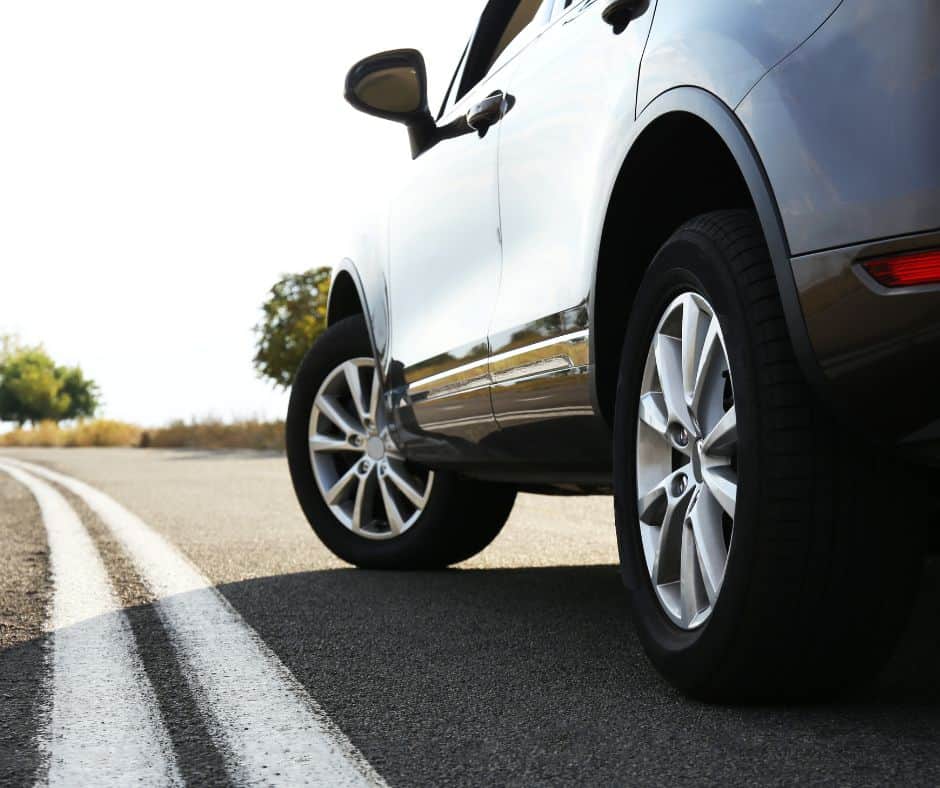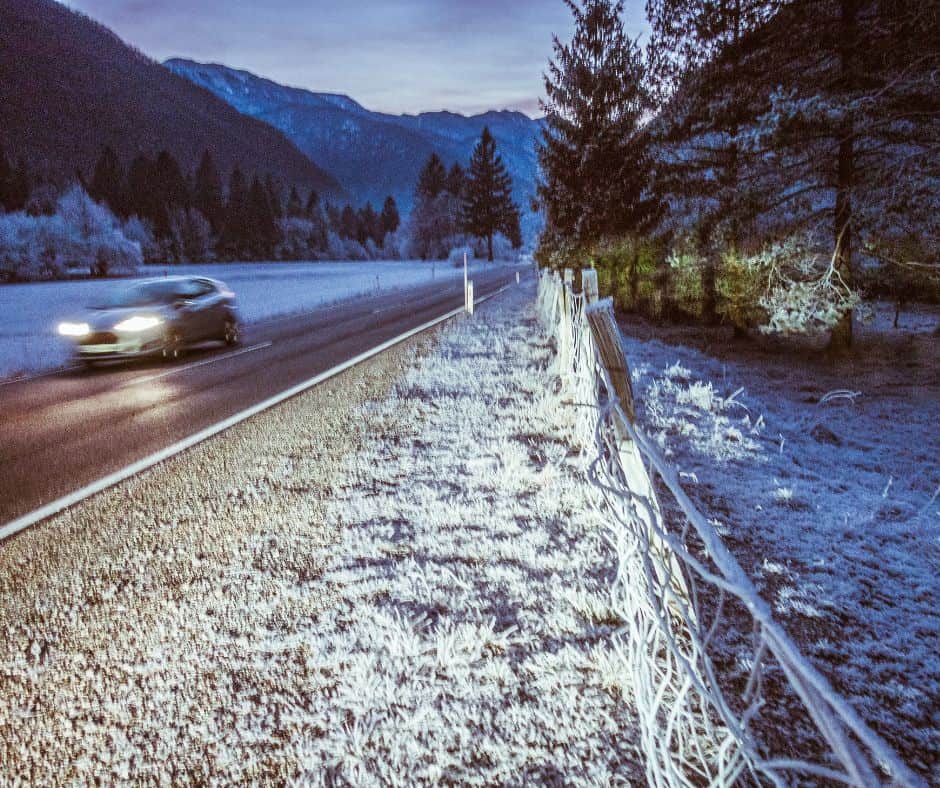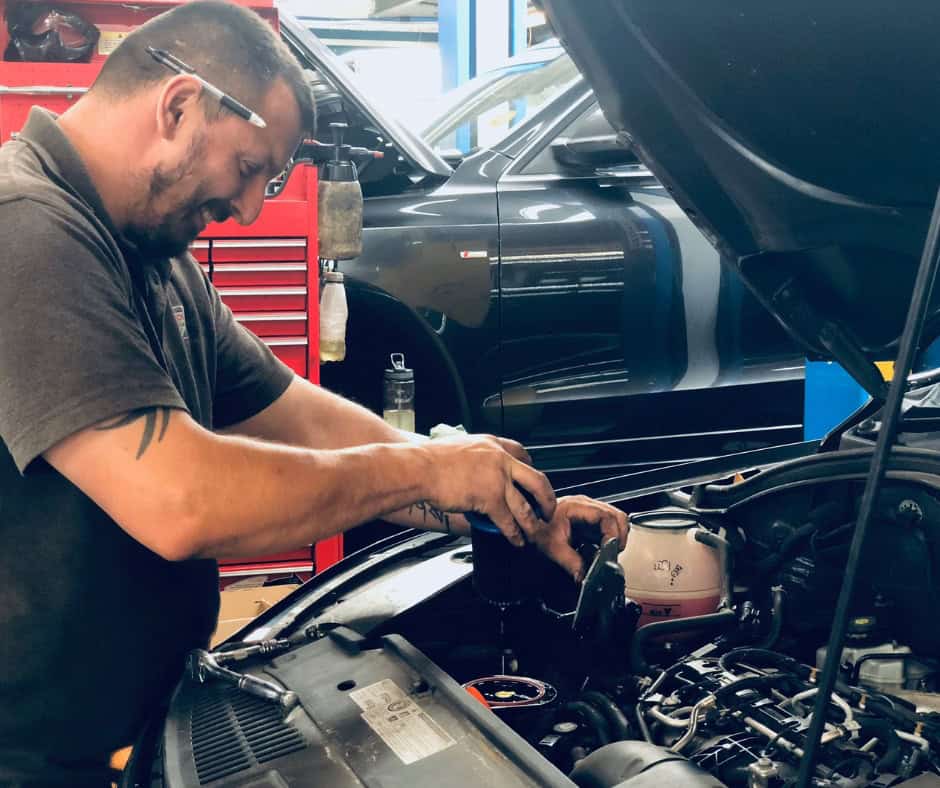10th November 2022
7 Car Maintenance Tips for the Winter Months
Driving always presents unique challenges, and we expect those challenges to increase this Winter. Earlier this year, councils in the Greater Manchester area announced they would allocate less funding for winter gritting, leaving roads in dangerous conditions.
What does that mean for Manchester drivers? It means they will have to take driving safety in the Winter months into their own hands.
We’re here to offer several essential tips that will increase your safety when driving in snow and ice, cold temperatures, and long nights.
Read on for seven car maintenance tips for the winter months that will help you navigate the upcoming season.
1. Maintain Your Fluid Levels
One thing drivers often overlook is their fluid levels. While you can get away with low fluid levels in the warmer months (although it isn’t advisable), maintaining correct fluid levels in the Winter is crucial.
First, check your washer fluid. When you’re driving through a snowstorm, you will need sufficient wiper fluid to keep your windshield wipers working properly and remove the grime and debris that road salt will inevitably leave on your windows. You should also replace any wiper blades that are over one year old as new wipers are more efficient at removing ice, sleet, and snow from your windshield.
Next, check your coolant (also known as antifreeze). We recommend flushing your old coolant and replacing it with a 50/50 blend of coolant and water, as this blend has a lower freezing point than the coolant, alone.
Finally, keep your petrol topped up. A full tank of petrol will keep water from building up and freezing and will keep your engine running longer if you get caught out in a snowstorm.
2. Take a Closer Look at Your Car Tyres

When driving in the Winter months, never ignore low tyre pressure. With each ten-degree drop in temperature, your tyres can lose another pound of pressure per square inch. Underinflated tyres wear down more quickly and give you less control over your vehicle, which can make driving on snowy or icy roads even more dangerous.
If you can, invest in new tyres that are appropriate for the Winter weather. Winter tyres, also known as snow tyres, have a specialised softer compound rubber to stay pliable in cold conditions. Their deeper tread depth and tread pattern is designed to maintain traction in the snow. Some vehicles are better equipped for driving in the ice and snow, if your vehicle struggles Winter tyres can make all the difference.
Weather-related vehicle accidents lead to more fatalities each year than major weather disasters and having the correct tyres can help to prevent vehicle accidents in adverse weather.
3. Test Your Defroster and Climate Control
After months of using your air conditioning system, it’s important to ensure that your climate control will still work properly in the Winter. Both your defroster and climate control system are crucial for safe and comfortable winter driving.
The reason for this is simple. Your defroster will keep windows from icing over or fogging up when you increase the car’s internal temperature. The air conditioning system de-humidifies the air, preventing your windscreen from fogging and clearing it more quickly than simply running the heaters. The climate control system will keep you from feeling too cold when driving in freezing temperatures.
4. Change Your Oil
You should always stay on top of your car’s oil changes, flushing out the old oil and replacing it according to the vehicle’s specifications. What you may not have known is that low oil or improper oil viscosity in the Winter months can lead to serious problems.
It is important to keep on top of your vehicle’s servicing, to not only maintain the vehicle and its components but to replace the oil at the recommended intervals.
5. Test Your Car Battery
Nothing is more frustrating than climbing into your car and trying to turn it on only to discover that your battery is dead. This unfortunate phenomenon is more likely to occur in the Winter, which is why we always recommend having your battery inspected in the early Winter months to ensure that it is in good condition.
Extremely low temperatures are hard on your car’s battery, causing it to work harder to produce the same effects. If your battery is weak, you’re going to end up with a dead battery in the cold season. Replace a weak battery in October or November to avoid a dead battery in December or January.
6. Test Your Car Lights
Snow, ice, sleet, and freezing temperatures aren’t the only reasons that Winter driving is more difficult. The sun rises later and sets much earlier in the Winter, which means that more drivers are driving after dark.
To prepare for night-time driving, make sure that your car lights are in good condition. Inspect your lights and if they appear dim, foggy, or yellow, it’s time to replace them. If you’re getting ready to drive in the snow, make sure that you have wiped off any snow that has accumulated on your headlights and taillights.
7. Prepare a Roadside Emergency Kit
No one wants to find themselves stuck in a snowstorm, but it can happen. It’s best to prepare for such a possibility, rather than find yourself stranded with no recourse.
A basic winter roadside emergency kit should include:
- Jump Cables
- Multi-tool that includes a knife and pliers
- Torch with extra batteries
- Shovel
- Ice Scraper
- Blanket
- Portable, wireless phone charger
- First aid kit
- Sand or cat litter
Keeping this kit in the boot of your car will make sure that you’ve got the essentials should you need them.
Come to John Delany Motors to Prepare for the Winter Months
Driving in the Winter months is serious business, especially if your local council is doing less to keep roads safe. At John Delany Motors, we can help you prepare.
Book your Winter car check to make sure that your car is in good condition for the upcoming Winter weather. We’re happy to help you fix, replace, or repair any parts or fluids your car needs to work well this Winter.











